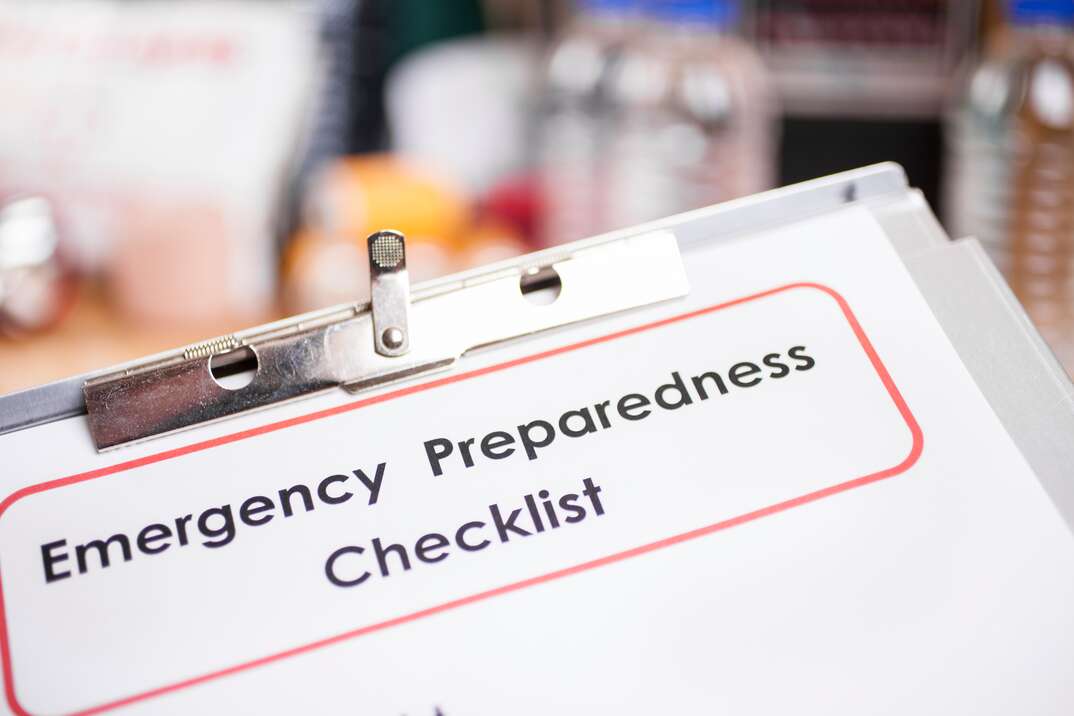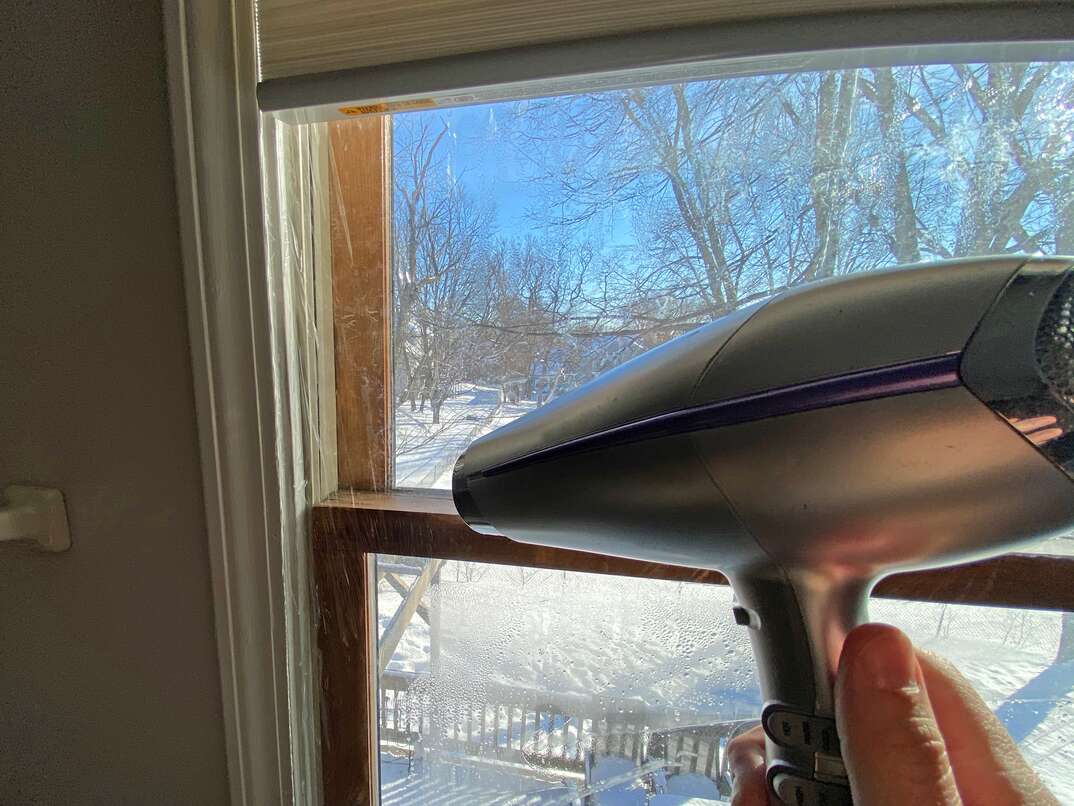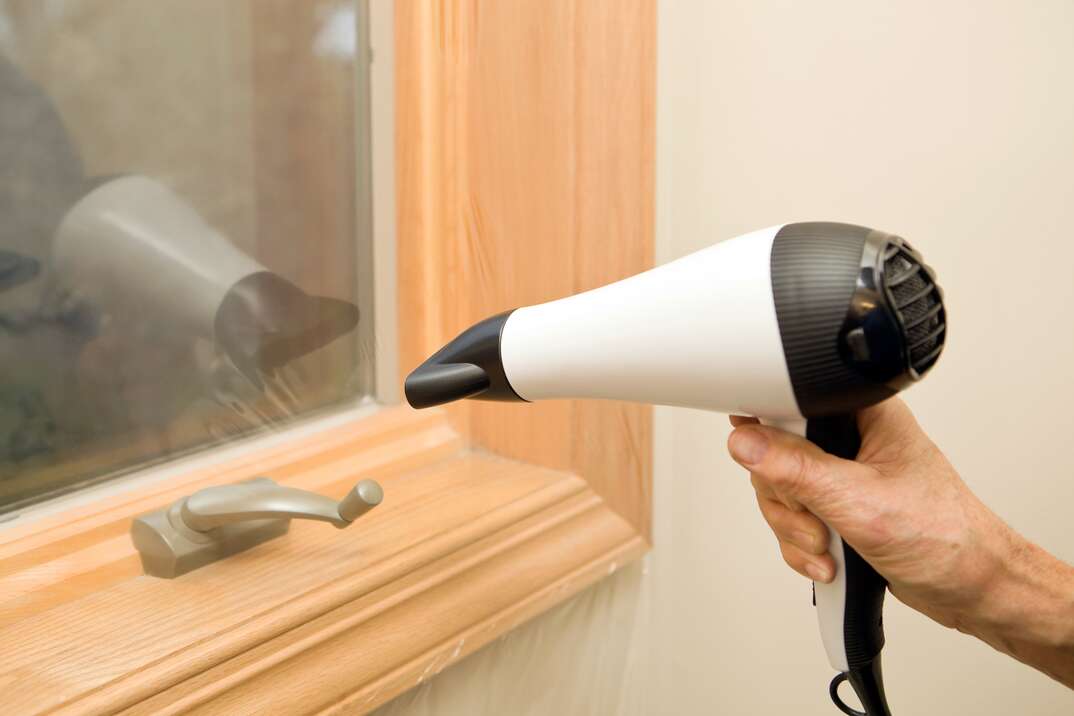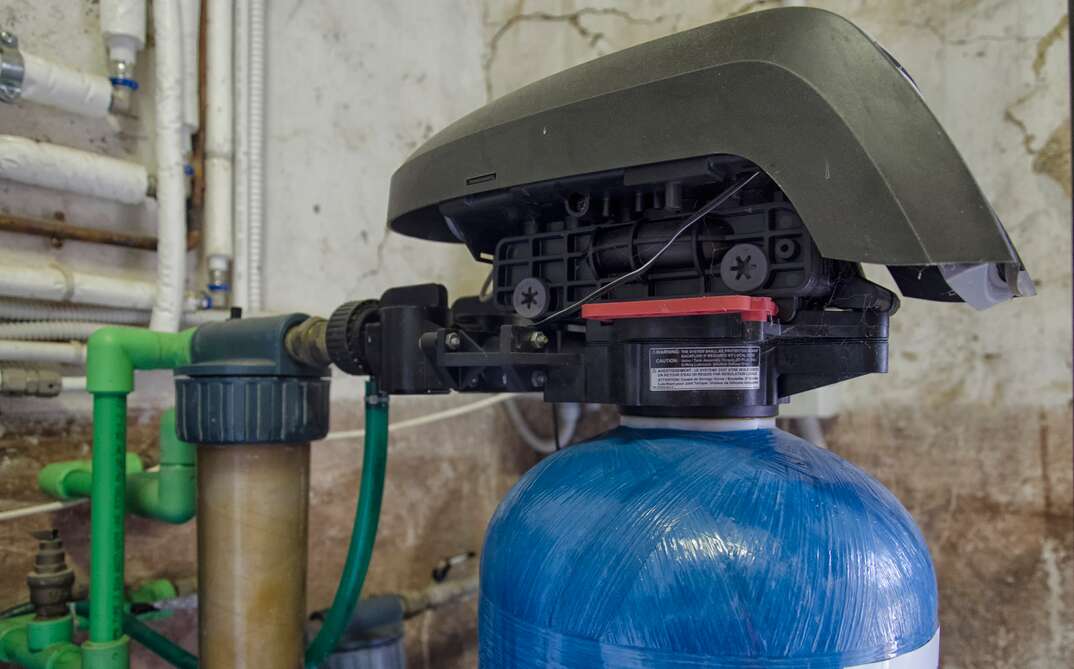How to Create a Disaster Preparedness Plan

Disaster can strike at any time and often with little to no notice. However, this doesn’t mean you can’t be prepared to act if one does occur.
This May Also Interest You: Give Your Heating System a Checkup Before Winter Arrives. Here’s How
Creating a disaster preparedness plan may keep you and your family safe by allowing you to act quickly.
What Is a Disaster Preparedness Plan?
A disaster preparedness plan details the steps and practices you and your family will take in the event of an emergency, such as a fire, hurricane, tornado or wildfire. Having a plan in place enables you to act quickly and protect your family.
Since there is no one-size-fits-all disaster preparedness plan, it’s important to recognize what emergencies and natural disasters are most likely to occur in your specific area. The Red Cross offers a natural disaster map to help you determine the types of emergencies that are most common in your region.
What Should a Disaster Preparedness Plan Include?
While every disaster preparedness plan should be tailored to meet the specific needs of the family, there are a few things every plan should include, such as:
Family Evacuation Plan
Your family may not be all together when disaster hits, so it’s important to have designated meetup locations, such as a neighbor’s house in the event of a fire, an emergency shelter or hotel if a hurricane is on the way or a friend or family member's home if a long-distance evacuation is necessary. Be sure to have maps available for the entire evaluation route in case GPS systems are down.
Communication Plan
Knowing how you and your family members will communicate in the event of an emergency is a key component of any disaster preparedness plan. Start by selecting an emergency contact person. This person should live out of the local area. Next, create an emergency contact card for every member of the family that includes all relevant numbers, including the emergency contact person, local authorities, disaster relief organizations and community agencies.
Bug-Out Bag
Having a “bug-out bag” ready at all times can help you evacuate quickly if necessary. Here are some of the most important things you should have in your go bag:
- Weather radio
- Extra batteries
- Money
- Blanket
- Flashlight
- Phone charger
- Personal hygiene products
- Matches
- First aid kit
- Masks
- Garbage bags
- Toys and books
Food and Water
You should have at least a three-day supply of food and water ready to grab and go if disaster hits. Be sure to stock up on nonperishable foods that don’t need to be heated before eating. You should also have at least a two- to three-day supply of any prescription medications.
Important Documents
You should store all your important documents in a fireproof safe. This step can protect your documents in the event of a fire or give you easy access to grab them if necessary.
More Related Articles:
- Hurricanes Happen: How Ready Is Your Home?
- How to Survey Your Home for Storm Damage
- It’s Hurricane Season! Here’s Everything You Need to Know to Prepare Your House for Storms
- Gimme Shelter: Here’s What You Need to Know About Building Home Storm Shelter
- What’s a Storm Chaser and Should You Hire Them to Fix Your Roof?
How Do You Create a Disaster Preparedness Plan?
All members of the family should be part of the disaster preparedness planning process. Meeting together can make sure everyone’s needs are accounted for and that everyone understands the plan.
Start by detailing the steps family members should take if an emergency happens. Next, determine who's responsible for different parts of the plan. Finally, put your plan into action. Practice your evacuation plan at least twice a year to make sure everyone remembers what to do if disaster strikes.
How Do You Implement a Disaster Preparedness Plan?
If a disaster hits, don’t panic. Instead, rely on the emergency preparedness plan you have in place. Grab your go bag, food and water, documents and prescription medication. Before leaving, secure your home by locking all doors and windows and turning off utilities if necessary.
Follow your evaluation plan and pull out your maps if a detour prevents you from taking your prearranged path. Be sure to call or text your emergency contact person as soon as possible. This person can keep you up to date with the latest news and let other family members know you’re okay.


